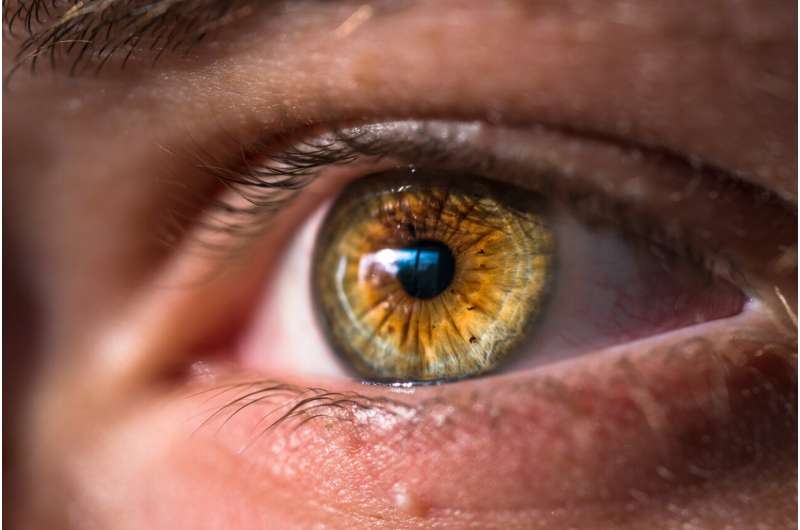
Some say the eyes are the windows to the soul, but new findings from researchers at the Johns Hopkins Wilmer Eye Institute suggest they may offer insight into the mind as well. Their new proof-of-principle study shows how an imaging technique that measures blood flow in the back of the eye may offer a noninvasive way to detect early-onset Alzheimer’s disease.
Results of the small study are published as the cover article in the March 4, 2021, issue of the journal Alzheimer’s & Dementia: Diagnosis, Assessment & Disease Monitoring.
“We set out to investigate the idea that changes in the retinal capillaries at the back of the eye can reveal changes in the brain that are otherwise undetectable and that occur before the disease is diagnosed ,” says lead study author Amir Kashani, M.D., Ph.D., associate professor of ophthalmology at the Johns Hopkins University School of Medicine.
The study involved 13 people with a rare, genetically inherited form of early-onset Alzheimer’s disease marked by mutations identified in three genes. This form of familial Alzheimer’s disease affects approximately 1% of all patients with the condition.
Using an imaging technology called optical coherence tomography angiography (OCTA), the researchers took images of blood vessels in the back of the eyes of study participants with and without the mutation leading to the familial form of Alzheimer’s disease. They also cataloged the disease stage for the people with Alzheimer’s and the cognitive abilities of both groups.
Kashani and his team found that abnormal blood flow through the smallest vessels at the back of the eye correlated with the mutation status of subjects at risk for the familial form of Alzheimer’s disease. Patients with the Alzheimer’s-causing mutations who had no signs of disease had abnormally high and heterogeneous blood flow in their retinal capillaries. The researchers believe this may be a sign of the early inflammatory changes involved in the pathogenesis of Alzheimer’s disease.
Source: Read Full Article
